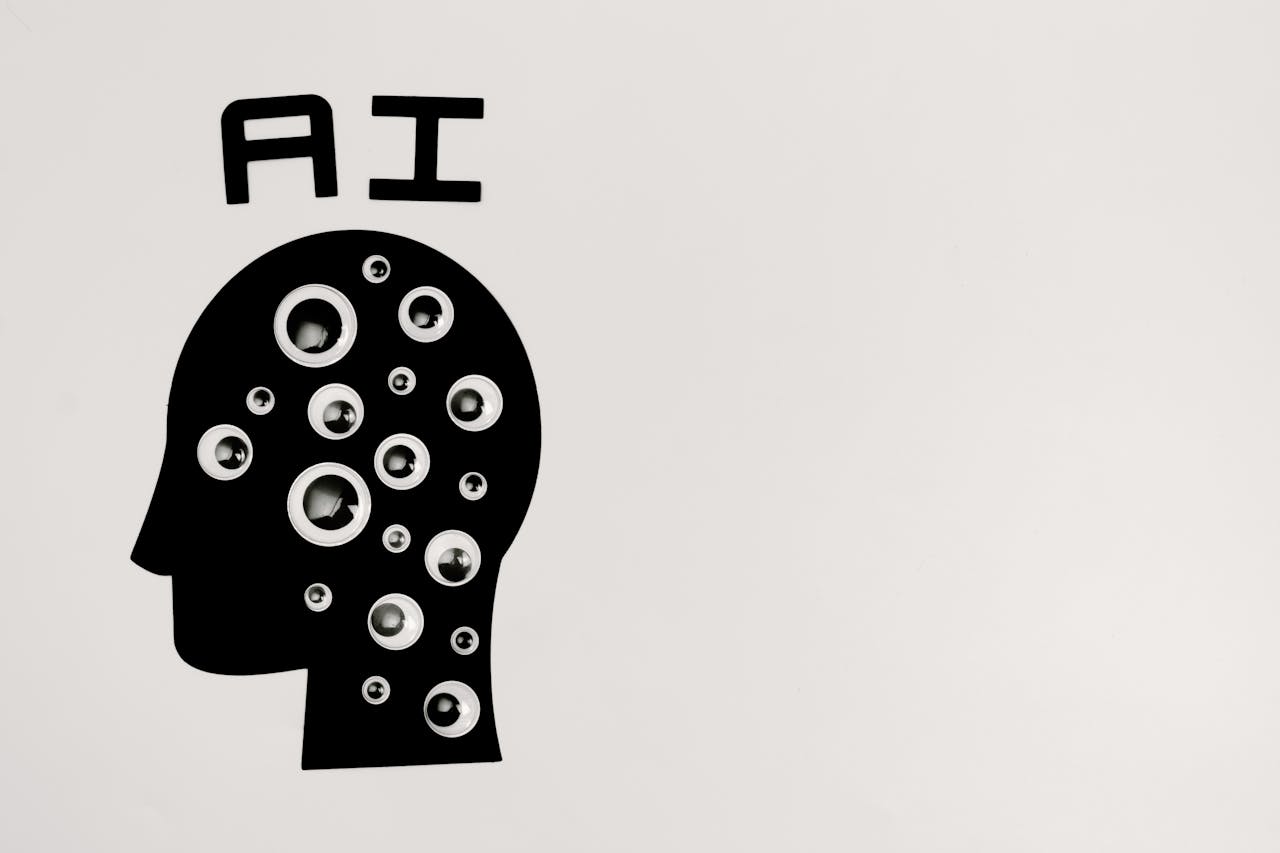Elon Musk and OpenAI—what started as a partnership has turned into one of the most dramatic rivalries in the AI world. From being a founding supporter to publicly criticizing OpenAI’s direction, Musk’s journey is anything but subtle. And with the launch of xAI and its chatbot Grok, many are asking:
Is this a personal vendetta, or is Musk genuinely carving out a different path in AI?
Let’s break down the story behind the headlines.
From Co-Founder to Critic: Why Did Musk Part Ways with OpenAI?
Back in 2015, Elon Musk was one of the original funders of OpenAI. His goal? Prevent artificial intelligence from falling into the hands of a few powerful corporations.
But by 2018, he had left the board—and the breakup was not exactly friendly. Musk later claimed that OpenAI was abandoning its open-source, nonprofit mission, and that it had become too cozy with Microsoft.
Here’s what triggered Musk the most:
- Open-source promise broken: GPT-4’s model details are kept secret
- Tight partnership with Microsoft: A “for-profit” company now steers the wheel
- Lack of AGI transparency: Musk thinks OpenAI isn’t cautious enough with powerful models
In his own words on X (formerly Twitter):
“This is not the OpenAI I helped to build.”
Enter xAI: Musk’s Revenge or Just a Different Vision?
In 2023, Musk launched xAI with a poetic mission: “To understand the true nature of the universe.”
But its debut product, Grok, speaks volumes—it’s a chatbot that directly challenges ChatGPT, offering sassier, more opinionated responses. The message is clear: Musk isn’t playing nice anymore.
Let’s compare them head-to-head:
| Category | xAI (Grok) | OpenAI (ChatGPT) |
|---|---|---|
| Personality | Witty, opinionated, Elon-style | Neutral, safe, professional |
| Model Access | Claims to lean toward open-source (so far) | GPT-4 is fully closed-source |
| Platform | Native to X (formerly Twitter) | Integrated with Microsoft & Azure |
| Vision | Cosmic, rebellious, human-curious | Practical, enterprise-ready, well-funded |
In 2025, xAI also announced a multimodal model, aiming to match GPT-4 Turbo, with real-time voice, video, and social integrations.
Is This About Technology—or Ego?
Of course, it’s hard to ignore the personal drama.
Rumors say Musk once tried to take control of OpenAI and was rejected. Since then, his jabs at OpenAI (and Sam Altman) have only grown sharper—especially during the 2023 boardroom saga that temporarily ousted Altman.
So… is it just tech ideology clashing? Or a full-blown “Silicon Valley soap opera”?
Honestly, maybe both.
Who’s Winning—And Why It Matters to You
OpenAI still leads in enterprise adoption and ecosystem stability. But xAI is gaining momentum fast, especially with younger users on X.
| OpenAI Strengths | xAI Strengths |
|---|---|
| GPT-4 Turbo model | Deep integration with X |
| Strong enterprise base | Elon Musk brand trust |
| Microsoft cloud stack | Real-time user data loop |
If xAI starts syncing with Tesla, Starlink, or even Neuralink, it could create a seamless, all-encompassing ecosystem beyond anything OpenAI has.
What Does This Mean for Regular Users?
The good news: you have more choices.
- Use ChatGPT for work tasks, structured thinking, and documents
- Try Grok for fun chats, meme-worthy responses, and fresh perspective
- Expect more AI models to rise—small, fast, and niche-focused
This kind of healthy rivalry actually protects users. It keeps innovation honest, prevents monopolies, and forces companies to build better, safer, and more useful tools.l Thoughts
Elon Musk’s xAI isn’t just about revenge—it’s a whole new flavor of AI. Whether or not you agree with his motivations, his move has already reshaped the landscape.
More importantly, it reminds us that no single company should control the future of AI.
What Do You Think?
Do you side with OpenAI’s polished professionalism or xAI’s rebellious energy?
Drop your thoughts below—and if this article gave you a new perspective, feel free to share it with a fellow tech enthusiast!







